

With the genre of arcade racers thinning out each year, the Need For Speed name continues to carry the banner onward. Favoring thrills and nitro-boosts over simulation, and the open road over the track, Need For Speed Rivals takes that thinking onto next-gen consoles.
Developer Ghost Games has accepted the torch from Criterion, and delivered what is undoubtedly the most visually impressive and, in many ways, the most ambitious entry in the series in years. But can increased horsepower and an online environment take Rivals across the finish line on their own?
It’s worth pointing out that although NFS remains one of the most well-known names in the arcade genre, that doesn’t mean it sets an example that all should follow. As the technology powering the series has continued to improve, the will to mature the core attitudes and ‘fiction’ beyond established cops-vs-racers rhetoric has been noticeably vacant.
The early trailers for NFS Rivals promised undeniably-cool action and driving, unfortunately wrapped beneath a layer of narration and personality that far too often crossed the line of ‘blockbuster bravado’ into the realm of eye-rolls brought on by writers who seemed to be taking things much, much too seriously. And that same layer persists into the game itself.
That could be overlooked if it were limited to Rivals‘ opening cinematic, but with the story cut-scenes popping up as players progress through the story mode – on both the racer and police sides – sticking to the same tone, it clearer than ever that Need For Speed would be wise to grow up soon.
As for the gameplay itself, the accomplishments are – thankfully – far more impressive. Without a doubt the best looking title in the series to date (as far as the PS4, PC and Xbox One versions are concerned), the attention to detail and steady framerate acts as a nice showpiece for what gamers can expect from the Frostbite 3 engine. The mechanics are best described as an extension of the simulated physics seen in Need For Speed: Hot Pursuit combined with the online advancements seen in Need For Speed: Most Wanted.
The gameplay is split between two paths, giving players the opportunity to progress on both sides of the law: play as a racer, upgrading cars, driving dangerously and winning street races, or play as a police officer trying to run racers off the road.
The return of Ferrari to the franchise is a welcome change for potential racers, progressing through the completion of a number of “Speedlists” to unlock better cars and upgrades. The longer racers stay on the road accumulating Speed Points, the higher their multipliers rise. But if players push their luck and pass up the chance to bank their points at a safehouse and get taken down by the police, those points are forfeited.
The racer and police paths are pleasantly asymmetrical, since cops needn’t worry about accumulating Speed Points, merely patrolling for speeding drivers or engaging in group pursuits. Police officers are unable to upgrade their personal vehicles, but with an impressive arrest record comes progressively better cars.
With the likes of EMPs, spike strips and more offensive and defensive perks spicing up the core chases, that element of the game is where the technical power under the hood, as well as the inherent risk/reward system permeating the open world truly shines.
It’s the construction of that open world that holds the most promise and ambition for the Need For Speed series specifically, and the larger racing genre as a whole. Once players leave their respective garages, they are dropped into the mountainous roads of Redview County, populated with a mix of AI traffic and street racers and other online players.
When the blend of multiplayer and single player careers works as intended, the seamless transitions in gameplay are the kinds of experiences arcade racing fans have hoped for for years; police need only flash their lights upon seeing a speeder to enter a head-to-head chase, or initiate a ‘Hot Pursuit’ event if the racer is engaged in a race already.
Similarly, street racers can sidle up to a fellow scofflaw (AI-controlled or another player) and invite them to a race with the push of a button. If the pair attract the attention of police, fellow racers in the open world can join in on the fun, tossing their lot in with their speeding brethren and raising the multipliers accordingly.
As ambitious and standard-setting as that setup may sound, the technical limitations occasionally spoil the party. For starters, each online session is only populated by 6 players in total, and while the competitive playlists implemented to great (but limited) effect in Most Wanted may have kept the interactions moving forward, the massive world and ‘free roam’ mentality of Rivals means drivers may never cross paths with another player.
While the next-gen tech makes the transitions from open world driving to events and pursuits nearly seamless, not every hurdle is so easily handled. Players will regularly be interrupted if the ‘host’ of a session drops out, and the load times when entering or exiting the garages are a serious delay.
Players who felt that the approach taken for Most Wanted was too constricting will be relieved to have the open world laid out in front of them, but without explicitly funneling players together in any way, it’s hard for Rivals to reach the full potential that seems to be present.
That being said, there is more than enough to keep the moment-to-moment experience worth playing, especially if a group of friends can be gathered to jump in together. It was no secret that Electronic Arts sought out the minds behind Burnout Paradise to inject some attitude and innovation into the Need For Speed brand, and that DNA is still visible in every corner of Rivals.
The online experiences may be underwhelming or downright frustrating for some, but that’s not enough to overshadow the strong precedent Ghost Games has set for the next generation of online racers.
_____
Need For Speed Rivals is available now for the PC, PS3, PS4, Xbox 360 and Xbox One now. Game Rant reviewed the Xbox One version.
Follow Andrew on Twitter @andrew_dyce.
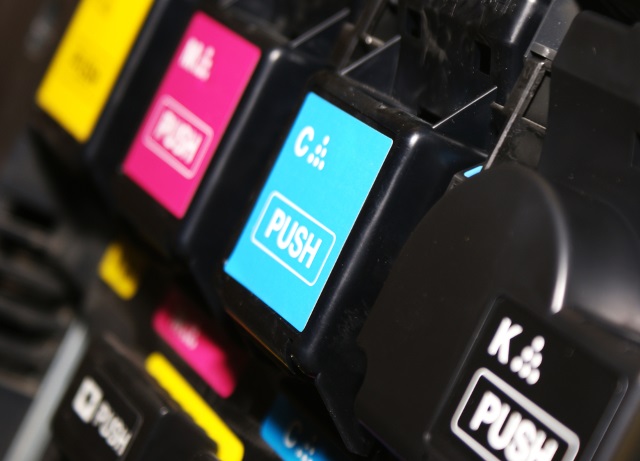
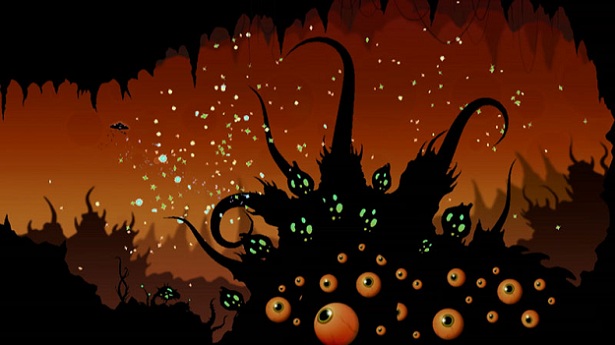
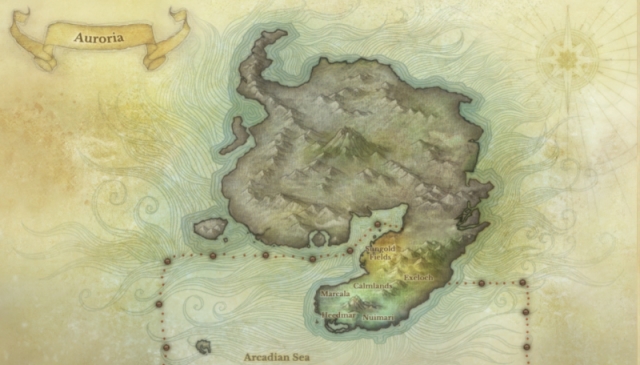

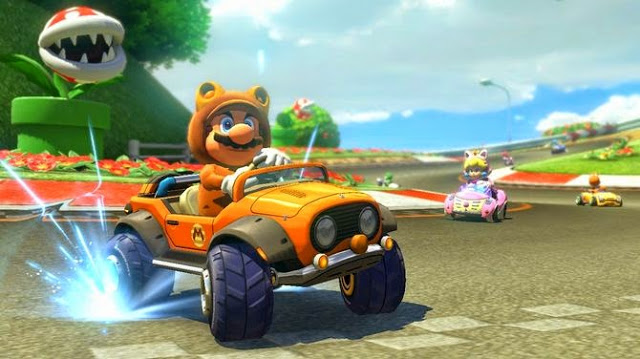 Mario Kart 8 (Wii U) Egg / Triforce Cup (DLC)
Mario Kart 8 (Wii U) Egg / Triforce Cup (DLC) Earth Defense Force 2017 Wiki .
Earth Defense Force 2017 Wiki .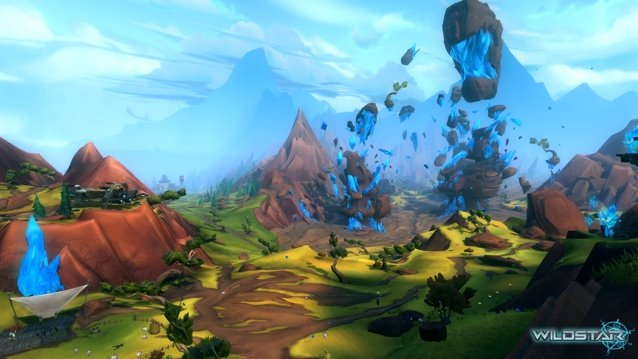 The Dungeons of Wildstar: Dynamic Experiences and Compelling Bosses
The Dungeons of Wildstar: Dynamic Experiences and Compelling Bosses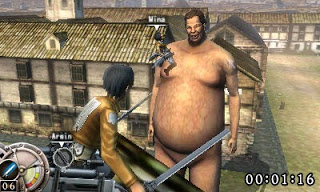 Attack on Titan (Shingeki no Kyojin): Humanity in Chains overview
Attack on Titan (Shingeki no Kyojin): Humanity in Chains overview 4 Ways a Smart LED Bulb Can Keep Your Home Safe & Secure
4 Ways a Smart LED Bulb Can Keep Your Home Safe & Secure